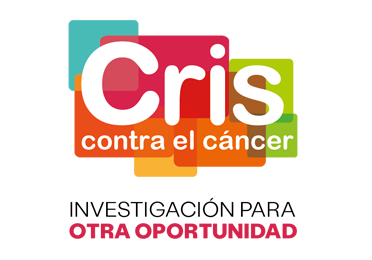Barcelona, 27 February 2012. A study headed up by the Vall d’Hebron Institute of Oncology (VHIO) heralds a new horizon in the fight against cancer, opening up a parallel dimension to existing treatment options. The data, published today in the Journal of Clinical Oncology, demonstrate that by combining two drugs that had already been used on a patient in the past but had stopped working, they boost each other’s efficacy and at the same time manage to break down the patient’s resistance to each of them individually, presenting a third potential treatment option for clinically advanced metastatic tumours.
While this may not initially appear to be an innovation, given that combined treatments are used in cancer as a matter of course, it actually represents a radical change in the use of the existing therapeutic weaponry, an extremely practical solution and a source of hope for many patients. “The novelty factor does not lie in the combination itself, but in the combination of two drugs that had already been administered in the past and had each failed”, explained Dr Javier Cortés, the Head of the Breast Cancer Programme at the VHIO and main author of this work. This not only offers new alternatives for patients with advanced tumours –the most important aspect – but also opens up a parallel dimension of new therapeutic options to the existing treatments, given that it offers numerous combinations between existing pharmacological treatments that not only boost each other but also counteract patients’ resistance to them. “The study focused on HER2 positive breast cancer, although the concept could be applied to the treatment of other tumours”, continued Dr Cortés.
Breast tumours occur most frequently in Western women. In Spain alone, some 24,000 new cases are diagnosed each year, and it is calculated that one in every eight or nine women in this country will suffer from breast cancer. Although the many advances over recent years in screening, early diagnosis and treatments have dramatically reduced mortality from this disease, there are still breast tumours whose biological characteristics make them more aggressive. Around 15% of breast tumours are HER2 positive and fall into this category. Moreover, they tend to affect younger women. In spite of the fact that this group has benefited tremendously from specific biological therapies targeted at this subtype (monoclonal antibodies), many tumours continue to advance and metastasize. “When a patient with this breast cancer subtype stops responding to the initial drug and the disease progresses, a second drug is administered. It may be that the response to these two treatments is negligible or there may even be no response at all and the tumour continues to grow. If we then treat the patients with the two drugs in combination, even though they ceased to function individually, what we have found is that almost 50% of the tumours responded to this combination and did so very positively, showing a clear improvement or keeping the disease stable for a considerable period of time”, concluded Dr Cortés.
In the fight against cancer, the combination of treatments is highly common practice. However, the concept described is different: it is not about seeing the results of combining drug A with drug B, but, when A fails to work, B is administered, and if this also fails we return to the starting point and initiate treatment with a combination of the two (A + B). This strategy could offer an unprecedented key to multiplying treatment options.
In the specific case of this study, we administered trastuzumab (the first-choice treatment for HER2 positive breast cancer); when the tumour continued growing we used pertuzumab (currently pending approval) and when the cancer continued to progress we administered the two together. “The results were very positive and highly informative for new studies”, said Dr Cortés.
###
For further information:
Amanda Wren
Communication Manager
Vall d’Hebron Institute of Oncology (VHIO)
Tel. +34 695 207886
e-mail: awren@vhio.net











